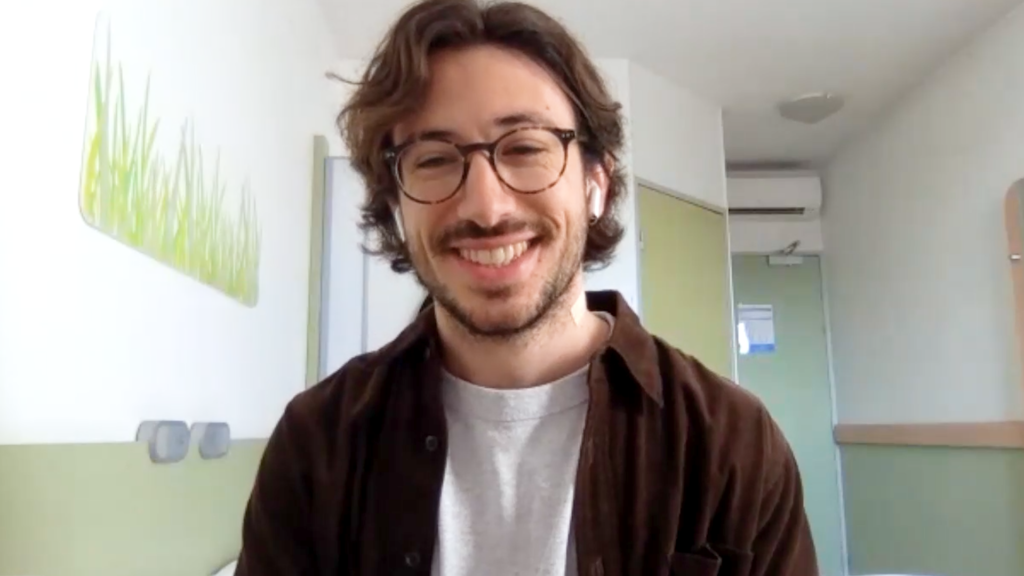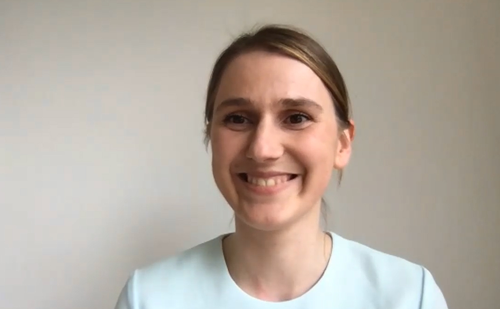An expert interview with Adriana Bermeo-Ovalle, Rush University Medical Center, Chicago, IL, USA
In this expert interview, Adriana Bermeo-Ovalle, an Associate Professor at Rush University Medical Center, Chicago, IL, USA, discusses the topic of her recently published commentary – the relationship between strokes and seizures.1 Considering two important articles, a large population-based assessment of the long-term risk of seizures in survivors of stroke,2 and the development and validation of an instrument predictive of late seizures after ischemic stroke,3 Dr Bermeo-Ovalle highlights the need for stroke survivors to recognize the risks and often-subtle symptoms of seizures to ensure timely treatment.
Q. What is epilepsy, and how might it be related to stroke?
Epilepsy is a disease of the brain characterized by recurrent and unprovoked seizures. It can present at any age and has many causes. The predisposition to have seizures can be present at birth or may be acquired following different types of brain injuries. Stroke is a frequent cause of acquired epilepsy in adults. Stroke is in fact the leading cause of acquired epilepsy in older adults.
Q. Based on the recent study published by Merkler et al., what is the likelihood that someone will develop seizures in the years following a stroke?
Merkler et al., followed a large group of stroke survivors from different states as well as a representative sample of Medicare beneficiaries.2 They found that stroke survivors are more than 10 times more likely to develop seizures than the general population. In fact, 9.27% of these patients presented to the emergency room or were hospitalized with seizures within 8 years following the stroke. It also means that most stroke survivors will not develop chronic epilepsy and will not need anti-seizure medications.1
Q. Are the long-term risks of seizures dependent on the type or severity of stroke?
The location, type and severity of the stroke matter when considering the risk of developing late seizures. Large artery strokes, severe strokes and bleeding strokes seem to be the ones more likely to be complicated by seizures later in life.
Q. Are there any other factors that increase or decrease the risk of seizures following a stroke?
Immediate seizures seen at the time of stroke presentation do not necessarily mean the person will have a chronic predisposition for recurrent seizures, but it does increase the risk of developing post-stroke epilepsy down the line. Strokes that affect the cortex of the brain are also more likely to be associated with seizures.
Q. What are the key seizure symptoms to look out for in stroke survivors?
Seizures can be very different from person to person as they can affect different areas of the brain. Epileptic seizures are usually episodic and short lived. They can present as abnormal involuntary movements, changes in speech, altered awareness or responsiveness, abnormalities of perception and even as altered awareness or cognitive decline.
Q. What is the SeLECT instrument, and how can it help physicians and caregivers provide the best anti-epileptogenic treatment for stroke survivors?
SeLECT is an instrument that takes into account the characteristics of the stroke in relation to seizure risk, allowing us to establish a risk for late seizures in individual patients.3 This risk can immediately help us educate our patients about this possible complication, its presentation and need for management. It can remind us to ask about possible seizure symptoms during follow up visits. At this time there is no indication to start anti-seizure medications immediately following a stroke as we do not have proven anti-epileptogenic medications available. The information we are acquiring working with stroke patients may just be the model that can help us get there.
References
- Merkler A, Gialdini G, Lerario M, et al. Population-based assessment of the long-term risk of seizures in survivors of stroke. Stroke. 2018;49:1319–24.
- Galovic M, Dohler N, Erdélyi-Canavese B, et al. Prediction of late seizures after ischemic stroke with a novel prognostic model (the SeLECT core): a multivariable prediction model development and validation study. Lancet Neurol. 2018;17:143–52.
- Bermeo-Ovalle A. Strokes or Seizures? What’s the Score? Epilepsy Curr. 2020;20:30–2.
Author Profile:
Adriana Bermeo-Ovalle, MD, is Associate Professor in the Department of Neurological Sciences at Rush University Medical Center, Chicago, IL, USA. She holds board certification in Neurology, Central Clinical Neurophysiology and Epilepsy. Dr Bermeo completed medical school at Universidad Nacional de Colombia in her native city Bogotá, Neurology residency at Pontifica Universidad Javeriana in Bogotá and Rush University Medical Center, and Fellowship in Epilepsy and Clinical Neurophysiology at The Cleveland Clinic and University Hospitals of Cleveland, OH, USA. She is the Medical Director of the Laboratory of Electroencephalography at Rush. Her areas of research interest include sudden death in epilepsy, psychiatric co-morbidities in epilepsy, psychogenic non-epileptic seizures and electroencephalography. Dr Bermeo is also the Chair of the Professional Advisory Board of the Epilepsy Foundation Greater Chicago, Surgery and Devices Editor for Epilepsy.com, Chair of the Chicago Epilepsy Centers Consortium, as well as a fellow and an active member of the American Clinical Neurophysiology Society (ACNS) and the American Epilepsy Society (AES).
Support: No funding was received in the publication of this article.
Published: March 12, 2020













